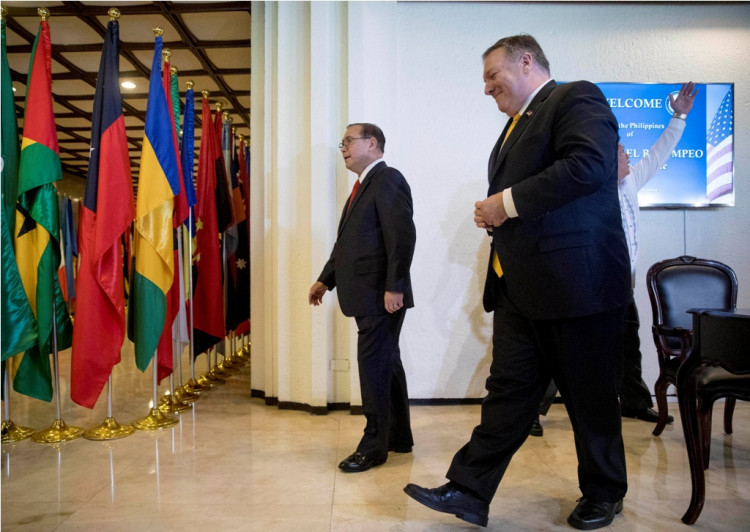Asian countries such as China and India are globally recognized due to their resilience to external finance-related problems but experts believe constituents in Southeast Asia, in particular, need further exposure outside of the home.
Most western investors cite China and India when asked about interesting Asian economies. However, other regions in Asia such as the Philippines, Cambodia, Singapore, and Vietnam require more thought for most investors. Investment hesitance is attributed to the lack of exposure to other economies in Southeast Asia.
In his entry for The Jakarta Globe, President Commissioner at Bank HSBC Indonesia, Matthew Lobner noted that a number of Southeast Asian countries play a key role in driving global trade. China, for instance, continues to encourage businesses to explore technological innovations for better service and exchange with international companies.
While China is leading in many ways as it is recognized widely for its technological achievements, other Southeast Asian countries are struggling for recognition despite thriving industries. Among them is the Philippines.
The outlet pointed out that Jollibee, one of the most popular Filipino fast-food chains that have been expanding over the past years, is turning into a global competitor. In fact, the Philippine food giant competes with McDonald's on a local level. If given the chance and adequate support from western and Northeast Asian regions, Jollibee could propel the Philippines' food industry.
Furthermore, a large number of Southeast Asians are now able to travel to various countries not just for business but also for leisure. Life insurance policies and luxury items are no longer a financial issue for many communities in the region.
However, compared to the exposure that the Eurozone, American states, and Chinese countries are basking in, some Southeast Asian regions lack trade connections that could place them on global ranks.
Economic analysts commented that while some countries in Southeast Asia still lag behind in a number of industrial factors, it is expected that the region will continue growing economically through increased intra-regional and international trade.
Meanwhile, The Global Times reported that South Korean President Moon Jae-in will be visiting three Southeast Asian countries this year. Analysts said Moon's scheduled visits to Cambodia, Brunei, and Malaysia is part of his country's initiative to expand cooperation with promising Asian regions.
The report further explained that the South Korean government believes it needs to further collaborate with developing economies in Southeast Asia the way Japan does. Moon is expected to discuss political, diplomatic, and economic ties with ASEAN members.






